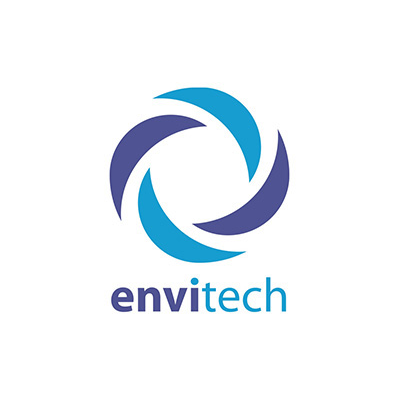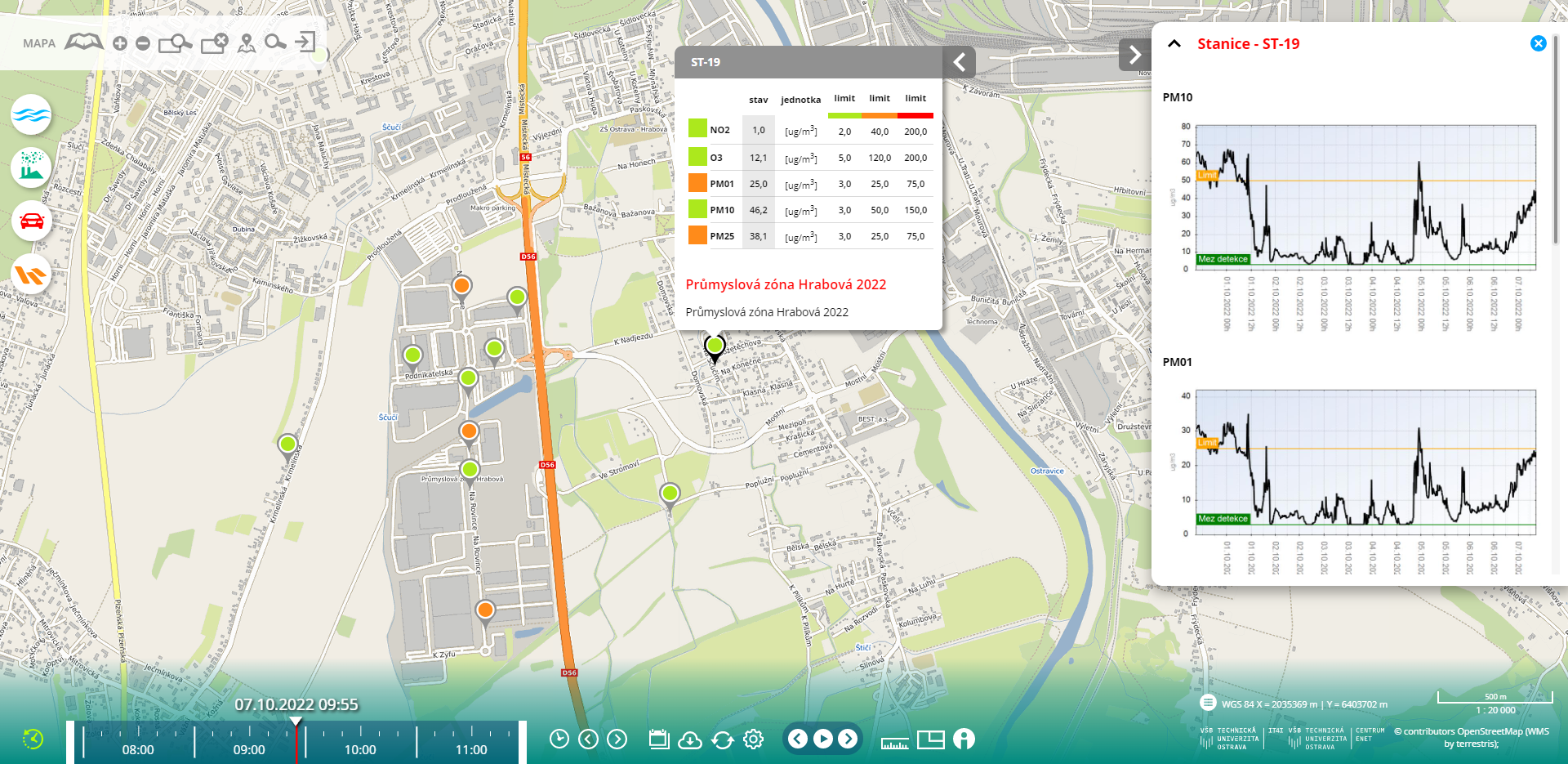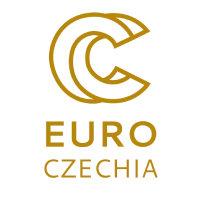Partner: ENVItech Bohemia s.r.o.
Field: Environment
 Since its inception in 1992 the company ENVItech Bohemia has offered comprehensive services in the field of environmental monitoring, especially of air. The measurement of concentrations of pollutants in the form of air pollutants in ambient air, emissions at the source of pollution, and the indoor environment are the basis of the company’s work. They supply a comprehensive assortment of means for monitoring air quality, including management systems that complement their monitoring-as-a-service.
Since its inception in 1992 the company ENVItech Bohemia has offered comprehensive services in the field of environmental monitoring, especially of air. The measurement of concentrations of pollutants in the form of air pollutants in ambient air, emissions at the source of pollution, and the indoor environment are the basis of the company’s work. They supply a comprehensive assortment of means for monitoring air quality, including management systems that complement their monitoring-as-a-service.
The aim of the mutual cooperation between ENVItech and the university institutes of VŠB-TUO, CEET and IT4Innovations, which participated in the implementation of the project within the National Competence Centre for HPC, was the implementation of the “Intelligent Air Pollution Source Identification System” (IIS) based on the principle of an online model of short-term values of concentrations of selected, health-relevant substances. As part of this cooperation, a comprehensive system for monitoring immission loads and software for the evaluation and interpretation of air pollution was acquired, with an emphasis on effective use for strategic decision-making in state administration, in self-administration, and in the management of industrial resources.
The basis of the IIS consists of 30 sensor units that are connected to 2 monitoring stations with analysers, based on the principle of reference methods. Measurements using sensors will allow the obtaining of a temporal and spatial image in the monitored location and thus determine the link to a specific process or technology. The existing Floreon+ system developed by IT4Innovations was used as the main user interface for the public. The Floreon+ system integrates data, models, and simulations from several thematic areas such as transport, hydrology, population mobility, and now also air pollution. A new graphical form of the Floreon+ system was created together with a new dedicated graphical interface for expert users; it provides access to data, data statistics, analysis, and visualisation of the spread of air pollution.
 The IIS system serves the Moravian-Silesian Region and the Ministry of the Environment, who have used it to verify the suitability of new technologies for measuring pollutants that could not be measured online until now (PAU, VOC), and so have obtained a tool for fast, large-scale and cheap measurements. The IIS system uses the data ingesting, data processing, and visualisation infrastructure of the existing in-house developed Floreon+ system; this enables simple integration of new sensors or new data types and provides a comprehensive and easy-to-use graphical interface and the utilisation of HPC infrastructure.
The IIS system serves the Moravian-Silesian Region and the Ministry of the Environment, who have used it to verify the suitability of new technologies for measuring pollutants that could not be measured online until now (PAU, VOC), and so have obtained a tool for fast, large-scale and cheap measurements. The IIS system uses the data ingesting, data processing, and visualisation infrastructure of the existing in-house developed Floreon+ system; this enables simple integration of new sensors or new data types and provides a comprehensive and easy-to-use graphical interface and the utilisation of HPC infrastructure.
The main benefits are easy-to-use graphical interface for standard users integrating data from different thematic areas, a dedicated graphical interface for expert users to access data, statistics, analysis and visualizations and Plug&Play system architecture enabling the simple integration of new sensors and automatic data processing and visualisation.
Stanislav Mišák, Director of the Centre for Energy and Environmental Technologies (CEET) at VSB – TUO
“The IIS system, created thanks to the effective cooperation of IT4Innovations, CEET, and ENVItech, is part of the comprehensive decarbonisation strategy of the Moravian-Silesian Region, i.e. finding new methods and technologies for making energy without dependence on fossil fuels whilst maximally strengthening energy independence and raw material self-sufficiency. In order to evaluate the effectiveness of the decarbonisation of the region and the impact of low-carbon technologies on the environment and society, it is necessary to assess the state of air quality before and after their implementation. Therefore, the creation of an intelligent identification system of air pollution sources was absolutely necessary, and its use for the detection of potential risks of accidents with the subsequent mapping of pollutants is quite crucial.”

